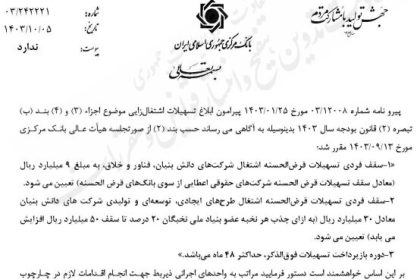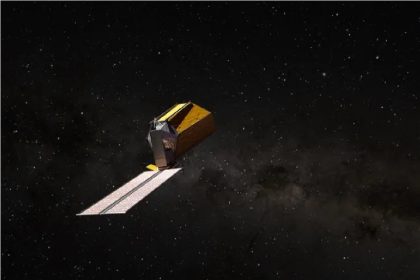The space probe Voyager 1, which continues its mission at the borders of the solar system, recently faced a serious challenge. After a brief lapse in communication, the adventurous old explorer managed to re-establish contact with Earth.
According to Tekna Technology Media Astronomy News Service, on October 16, Voyager 1’s fault protection system was automatically activated. This system is designed as a safety mechanism to prevent damage to the probe in the event of a problem. But this time, the system’s activation caused Voyager 1 to lose contact with Earth, causing scientists to worry.
After careful examination, scientists discovered that one of Voyager 1’s radio transmitters had automatically turned off. This transmitter is vital for sending information to Earth. The root cause of this problem is still not fully known, but it seems that the fault protection system was activated incorrectly.
Using the Deep Space Network, the Voyager 1 mission team began efforts to re-establish communication with the probe. After several days of trying, they managed to receive a weak signal from Voyager 1. But this time, the probe was using its backup transmitter, which sent a much weaker signal than the primary transmitter.
Due to Voyager 1’s great distance from Earth (about 24 billion kilometers) and weak signal, it is very difficult to communicate with this probe. Scientists are currently working to identify the root cause of this problem and restore Voyager 1 to normal. Voyager 1 and its twin, Voyager 2, are two space probes that were launched in the 1970s. After studying the planets Jupiter, Saturn, Uranus and Neptune, these two probes reached the borders of the solar system and are now exploring the interstellar space. The data these probes send back to Earth provides scientists with valuable information about the Solar System and beyond. To see the latest news, refer to the scientific news page of Tekna Media.
RCO NEWS

















